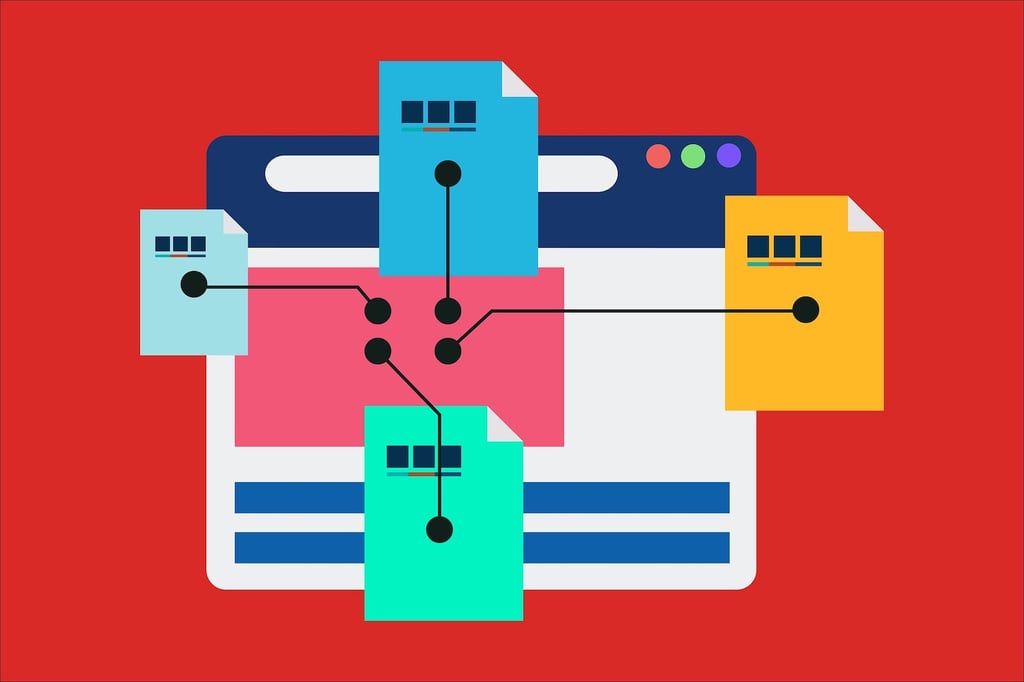
Best CMDB Software & Tools
CMDB Software tracks and stores asset information and their relationships within a database. Compare top CMDB tools now.

A Configuration Management Database (CMDB) is a database that stores IT asset configuration records and their relationships within the organization. CMDB software tracks and maintains this information, providing organizations with valuable insights into their business operations.
A configuration management database stores information on the configuration of items within an enterprise. This can include software, systems, hardware, facilities, and more. IT managers define the items to track and how to track them. The configuration data can include:
Tracked items are referred to as configuration items (CIs) and are any item that needs to be managed to deliver an IT service.
The ultimate goal of having a CMDB is to provide management with the information they need to make good decisions and run efficient IT service management (ITSM) processes. By having all configuration information in one place, management can identify critical CIs and how they relate. CMDBs have proven invaluable for root cause analysis, legal compliance, incident management, impact analysis, and change management.
You are probably wondering how CMDB differs from IT Asset Management (ITAM). Things can get confusing because both deal with some of the same business components. However, they each deal with different aspects of these components.
Let’s use the analogy of a car in a company. A vehicle is an asset because it has financial value. It is also a configuration item because it must be configured (maintained) to operate correctly.
Asset management considerations would focus on the financial value of the vehicle. This would include maintaining records on the purchase price, depreciation, insurance, and license renewals.
Configuration management considerations would include the engine configuration, whether it is manual or automatic, when the next oil change is due, the history of engine modifications, etc.
CMDB tools work by tracking and storing configuration data in a central repository. This data is typically stored in a relational database, such as Microsoft SQL Server or Oracle.
IT Managers can use the data stored in the CMDB to generate reports and diagrams that provide insights into the configuration of the IT environment. They can use these reports and charts to identify problems and improve processes.
There are many CMDB software and tools available on the market. Here are five of the best CMDB software and tools for 2022:
Freshservice from Freshworks SaaS is a CMDB with additional IT service management capabilities such as auto discovery, visual relationship mapping, and asset tracking. All IT assets are tracked by an asset management module, including life history and the present owner or user information. This is maintained by scheduling regular auto-discovery scans. There’s also a QR and barcode scanner plugin for recording hardware details.
Freshservice’s auto-discovery module captures software data, and the contract management tool keeps track of service contracts and licenses. Freshservice also has robust analytics and reporting capability. More than 50,000 companies use Freshworks’ SaaS.
Fresher has four pricing tiers as follows:
All plans come with a 21-day free trial.
BMC Atrium CMDB is a configuration management database that provides a single record system for IT assets and configurations. It enables you to track all changes to assets and configurations, identify relationships between them, and visualize the impact of changes.
BMC Atrium CMDB also provides integrations with other BMC solutions, such as BMC Remedy ITSM, BMC Atrium Orchestrator, and BMC BladeLogic Server Automation.
Pricing is provided upon request.
Micro Focus Enterprise View is a comprehensive CMDB for enterprises. It’s designed for hybrid cloud apps that include legacy and cloud-based solutions. The program can identify on-premises and cloud-based, physical, virtual, and containerized infrastructure configurations. Mapping tools powered by AI assistants help IT engineers visualize how their infrastructure services are provided to customers. Its modular architecture supports networks with up to 200,000 servers and 300,000 desktops.
It uses artificial intelligence (AI) technologies to guarantee company IT policy compliance with industry standards and norms.
Pricing information is provided via a custom quote, and you can request a free live demo.
The ServiceNow CMDB is a single record system for all IT assets and service data. This implies that each piece of equipment and configuration has only one correct record. In addition, the solution can consolidate data from several sources and has a powerful transformation engine and an identification and reconciliation engine to guarantee data health.
ServiceNow Discovery helps you automatically connect devices in multi-cloud and on-premises environments. Additionally, you can integrate third-party sources into ServiceNow CMDB with accurate certified data.
Pricing is not available on the ServiceNow website, and you will need to contact the sales team for a custom quote. However, you can sign up for a free demo.
Device42 CMDB is a cloud-based IT management system that includes all of the features you’d expect from such a program. Device42 CMDB discovers and manages physical, virtual, and cloud-based IT networks with auto-discovery tools. In addition, it tracks IP addresses and local area networks.
Users can see data centers and IT networks as they relate to one another. Users can use change management software to keep track of modifications, cabling, and patches. Tracking, managing, and monitoring data center power systems is particularly advantageous. Heat maps that display power capacity are used to avoid overloads and outages in the power distribution system. In addition, IT managers can access and analyze IT configuration using the program’s bespoke reporting tools.
Device42 CMDB has four pricing tiers as follows:
There is no one-size-fits-all solution to which CIs you should track using your CMDB software. Instead, the degree of breadth and depth that makes sense for a given CMDB set-up should be determined by your company’s use cases and goals. In general, it’s best to start at a high level and get things right before going wider or deeper if necessary to meet organizational objectives.

Kihara Kimachia is a writer and digital marketing consultant with over a decade of experience covering issues in emerging technology and innovation. In addition to appearing regularly in Enterprise Networking Planet, his work has been published in many leading technology publications, including TechRepublic, eSecurity Planet, Server Watch, Channel Insider, IT Business Edge, and Enterprise Storage Forum.

Enterprise Networking Planet aims to educate and assist IT administrators in building strong network infrastructures for their enterprise companies. Enterprise Networking Planet contributors write about relevant and useful topics on the cutting edge of enterprise networking based on years of personal experience in the field.
Property of TechnologyAdvice. © 2025 TechnologyAdvice. All Rights Reserved
Advertiser Disclosure: Some of the products that appear on this site are from companies from which TechnologyAdvice receives compensation. This compensation may impact how and where products appear on this site including, for example, the order in which they appear. TechnologyAdvice does not include all companies or all types of products available in the marketplace.